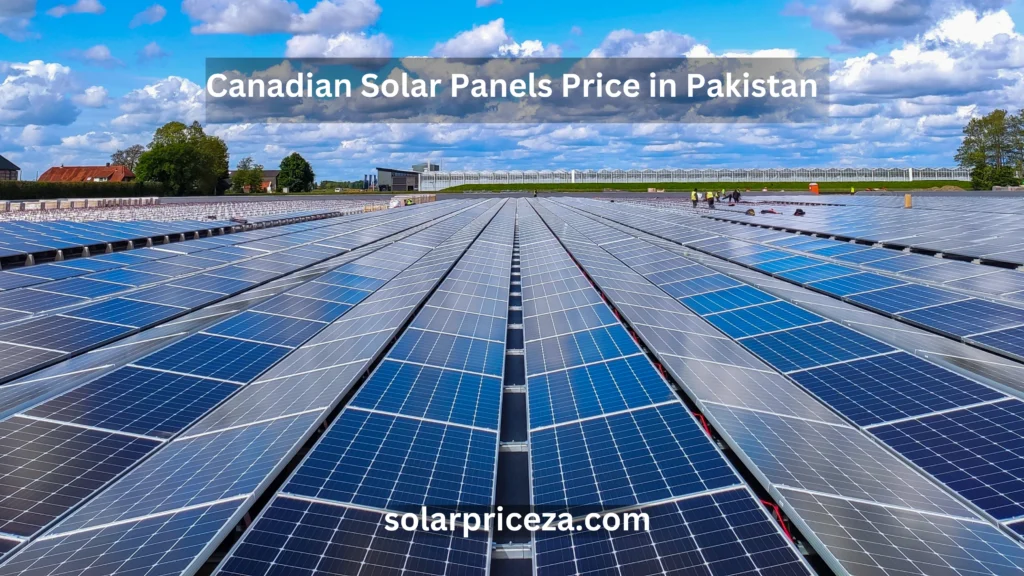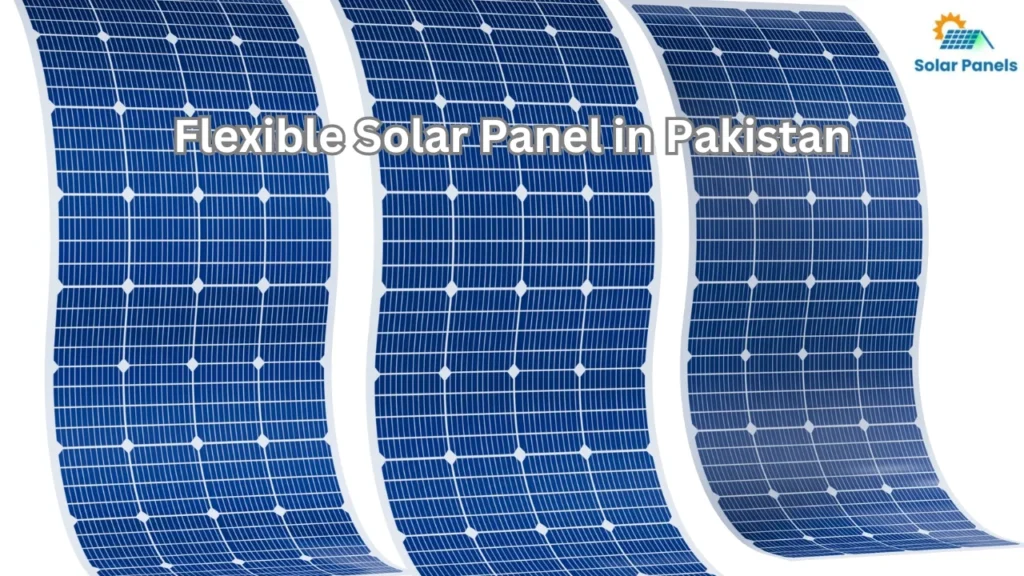What is a “Bifacial” Solar Panel (And Should You Buy One?)
Traditional (monofacial) solar panels capture daylight on one light-absorbing side, and light vitality that cannot be captured is reflected absent. This is not the case with bifacial solar panels- instead, these sorts of panels have solar cells on both sides. This enables the panels to absorb light from the back and the front. Essentially, this implies that a bifacial solar panel can absorb light that is reflected off the ground or another material.
Table of Contents
ToggleBifacial solar modules can be compelling in private applications like pergolas and ground-mounted systems. But, for the majority of property owners considering a rooftop establishment, bifacial panels do not make sense – bifacial modules are best used in commercial or utility-scale applications where panels are elevated and angled away from a mounting surface, allowing light to reflect into the back of the panel.
Key Takeaways
- Bifacial panels absorb sunlight from both sides, potentially producing up to 30% more power.
- Bifacial panels work best over high-albedo surfaces like metal or snow.
- They cost more and require specific installation, but they could be better for certain situations.

What Makes Bifacial Panels Different?
Bifacial solar panels are distinct from conventional monofacial panels in that they can produce electricity from both surfaces.
Here’s what distinguishes them:
1. Dual-Sided Power Generation
- In contrast to monofacial panels that only collect sunlight from one side, bifacial panels utilize reflected and scattered light from the opposite side.
- This enables them to generate additional energy, particularly when placed over reflective surfaces such as white roofs, sand, or snow.
2. Transparent or Dual-Glass Design
- Bifacial panels typically feature a glass-glass design in place of a back sheet, which enhances their durability and makes them better able to withstand environmental stress.
- Certain models use a clear backing material instead of glass to decrease weight.
3. Higher Efficiency & Energy Yield
- Based on the installation conditions, the extra energy harvested from the rear side, known as the bifacial gain, has the potential to enhance overall output by 5% to 30%.
4. Versatile Installation Options
- Bifacial panels work best on elevated, reflective surfaces such as:
- Ground-mounted systems with high albedo surfaces (like white gravel or water).
- Rooftop setups with tilted angles.
- Solar trackers that adjust panel angles to maximize sunlight capture.
5. Better Durability & Longer Lifespan
- The dual-glass construction enhances its durability against weather conditions, minimizing deterioration as time passes.
- They usually come with an extended warranty of 25 to 30 years, which is greater than that of standard monofacial panels.
How Much More POwer Do They Make?
As with all solar installations, the correct sum of control you get depends on where you are in the world. And the geometry of your installation relative to the sun. In common, bifacial panels can make up to 30% more control than monofacial panels, all things being break-even. At least, that’s the figure you’ll see from manufacturers, but it’s very much an “up to” claim and depends on everything being optimal.
Since bifacial panels recover light that’s been reflected from the ground and objects underneath the panel. They work better when over something with a tall albedo. That is highly intelligent surfaces like metal or snow. If you have a roof with a high-albedo surface, that’s moreover a great case for using bifacial panels.
Bifacial panels can gather more light in low-light conditions compared to monofacial panels as well, which makes them a better choice for parts of the world where sunlight might be as frail for normal panels to make sense.
Bifacial Panels are Strong and More Attractive
While it’s not genuine of each bifacial panel design, most panels of this sort use a double-glass construct that makes them harder, and more safe to corruption. It too makes them nicer to see than traditional panels, but in fact, that’s beautiful and subjective.

The Downsides of Bifacial Panels
You’ve likely as of now speculated, but the main disadvantage of bifacial panels is that they take a toll more than typical monofacial boards. There are a few reasons for this, but since bifacial panels tend to use more costly monocrystalline. Solar cells thanks to their improved efficiency, they’ll take a toll more than the normal panel. Include to that the extra equipment and materials like glass, and it all includes up.
To advantage of reflected light, bifacial panels have to be introduced on standoffs from the ground or other surfaces they’re mounted over. So that equipment increments the complexity of the installation, and might not work for a few people. The panels moreover require to be carefully angled to make the most of direct, reflected, and diffused daylight for as much of the day as possible.
Benefits of Bifacial Solar Panels
- Improved Energy Generation:
Bifacial panels can generate more power compared to traditional panels, thanks to their ability to capture light from both sides. This leads to expanded energy production and higher general system efficiency.
- Improved Performance in Changed Conditions:
Bifacial panels perform well in different situations, counting diffuse light conditions and areas with tall albedo, such as snowy or sandy locales. Their capacity to utilize reflected light makes them suitable for installations in such locations.
- Optimized Arrive Utilization:
Bifacial boards make efficient use of available space by capturing daylight from both sides. This allows for higher control thickness and more flexibility in the system plan, making them perfect for installations where arrival availability is constrained.
Should You Buy Bifacial Solar Panels?
As you can likely tell, whether bifacial solar panel technology is the right option largely depends on your situation. If you have lots and lots of surface area for solar panels, then it might be cheaper to simply cover that area with cheaper monofacial panels. If you’re limited in space, you may need the extra power production capabilities of bifacial panels.
If you’re going to install solar panels on metal stands on the ground anyway, then it makes sense to use bifacial panels to harvest as much sunlight as possible. Especially if you have a high-albedo surface to mount them over and strong sunlight.
If you decide to get a professional quotation on a solar installation, it’s good to compare the cost of both types of panel, if you have the option. Ultimately, it’s about dollars per watt and how much space you have. Or where you want to mount your solar panels. But it’s good to be aware that bifacial panels are an option!
Conclusion
Bifacial solar panels represent a significant advancement in solar technology, allowing for increased energy generation by capturing daylight on both sides of the board. This plan not as it were maximizes the sum of power produced. But also improves effectiveness in assorted environments, including rooftops, solar farms, and areas with tall albedo surfaces like snow or water.
FAQ’s
Bifacial panels are perfect for installations where the backside of the solar array is uncovered and can capture reflected light. Including ground-mount systems, solar carports, and canopies. Installers may not recommend bifacial panels for your housetop framework since flush installations cover their backside.
A monofacial solar panel only absorbs sunlight from the front surface of the solar panel whereas the bifacial solar panel features solar cells on both sides. Producing energy from both sides of the panel increases the total power that can be generated.
50 years life
Dual-side light capture coming about in 30% expanded control yield at lower fetched. Planned for extreme weather conditions (snow, wind). Manufactured from superior-grade silicon for improved cell efficiency. Up to 50 a long time life span; supported by 25-year product performance ensure.


